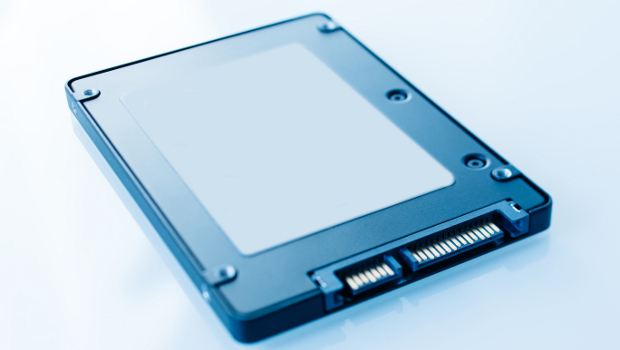While Moore’s Law has indicated that end users have seen around an 800 times improvement in computing performance since the year 2000, storage has lagged that pace until the advent of flash technology. However, with the widespread use of flash storage in enterprise, flash is having an impact in all areas of IT, especially in the consumer areas, but always close to the user, argued Gerry Murray, country manager, EMC Ireland, at the EMC Flash Forum in Dublin.
Highlighting the way that user experience and expectations are driving developments, Murray highlighted several recent examples to show that user experience is more important than ever. From the Tesla car, to the Google Nest acquisition, the direction that many companies are taking is to give the user greater intelligence in the way that devices work, interact and serve.
Martin Sutton, business development director, Emerging Technology Products, EMC, expanded on the point, asking why the extensive use of flash was necessary.
Sutton highlighted the momentous changes of the last five years in particular, from the advent of tablets and the app store effect, to BYOD and the Internet of Things (IoT), saying that this had created a monster — the user.
The consumer experience has influenced user expectations leading to demand for faster, better services, he said.
Sutton said that storage did not keep pace with Moore’s Law, as had processing technology, but that the widespread use of flash technology was addressing this.
Although he acknowledged the limited effectiveness of early hybrid arrays, Sutton said EMC’s acquisition of XtremIO brought critical intellectual property and expertise that allowed the company to develop arrays that had 100% inline deduplication, leveraging flash where it could be most effective.
Sutton went on to argue that the key advantage of the new XtremIO arrays was consistency insofar as they always provide their performance advantages all the time, instead of in specific use cases or scenarios.
To highlight the advantages, Philip Leighton, data centre services, Belfast Health and Social Care Trust, described the Trust’s implementation and said that it had significantly reduced the layers necessary to deliver VDI, through the use of XtremIO. Leighton reported that the configuration was easy, having an array up and running in 3 hours, as opposed to weeks. The Trust was able to implement ‘follow me’ desktops, rapid desktop deployment, as well as a BYOD implementation. He went on to say there are already plans for a next phase supported by the ExtremIO base which will concentrate on database acceleration.
TechCentral Reporters







Subscribers 0
Fans 0
Followers 0
Followers